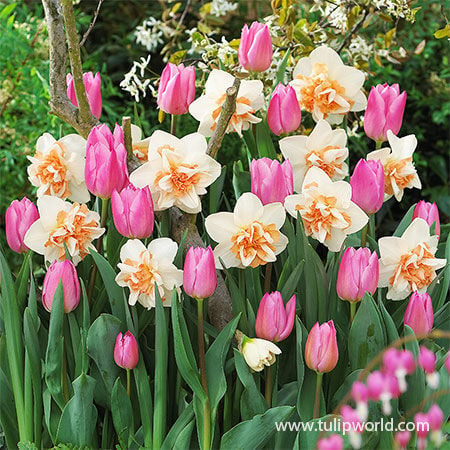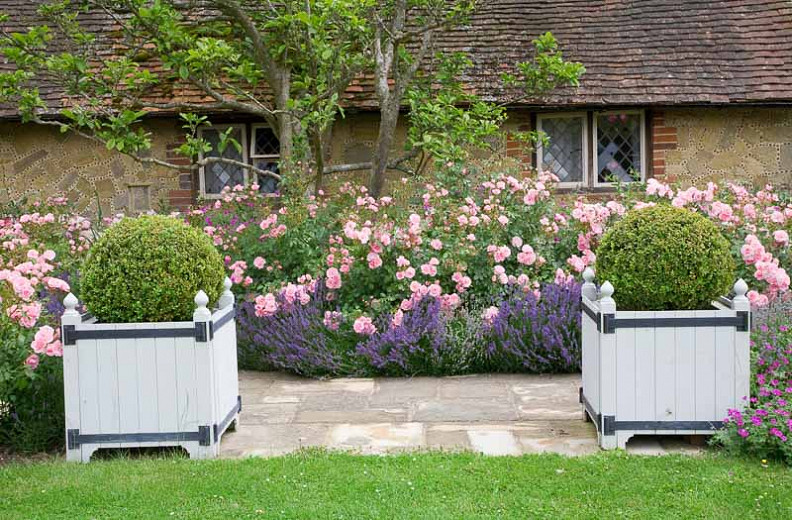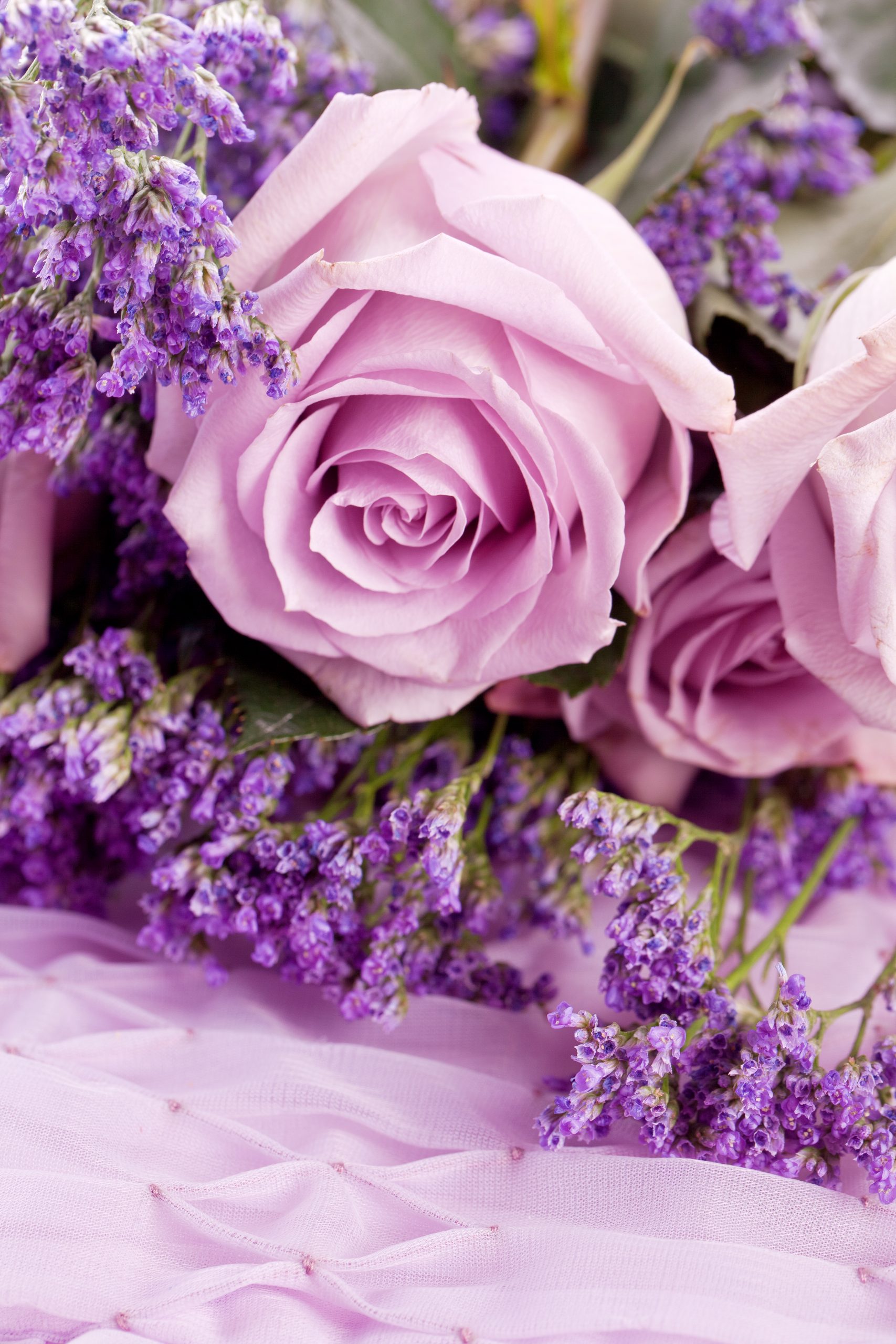The Ultimate Guide To Planting Flowers Together
The Ultimate Guide to Planting Flowers Together
Flowers are a beautiful way to add color, life, and fragrance to your garden. But when it comes to planting flowers together, there are a few things you need to keep in mind.
In this guide, we'll discuss the factors you need to consider when planting flowers together, as well as some tips and tricks for creating stunning flower combinations.
Factors to Consider When Planting Flowers Together
- Sunlight: Some flowers need full sun, while others prefer partial shade. Be sure to choose flowers that have similar sunlight requirements so that they all thrive.
- Water: Some flowers need more water than others. If you have a dry climate, choose drought-tolerant flowers. If you have a wet climate, choose flowers that can handle wet soil.
- Soil: Some flowers prefer sandy soil, while others prefer clay soil. Be sure to choose flowers that are suited to your soil type.
- Height: When planting flowers together, it's important to consider their height. Taller flowers should be planted in the back, while shorter flowers should be planted in the front. This will create a more balanced and visually appealing garden.
- Bloom time: Some flowers bloom early in the season, while others bloom late. Be sure to choose flowers that have different bloom times so that your garden will be in bloom all season long.
- Color: Color is an important consideration when planting flowers together. You can create a monochromatic garden by planting all of the same color flowers together. Or, you can create a more colorful garden by planting flowers of different colors together.
Tips for Planting Flowers Together
- Plant in groups: When planting flowers together, it's best to plant them in groups of three or five. This will create a more visually appealing garden.
- Vary the heights: As mentioned earlier, it's important to vary the heights of the flowers you plant together. This will create a more balanced and interesting garden.
- Consider the shape of the flowers: The shape of the flowers can also be a factor to consider when planting them together. For example, you might want to plant flowers with round blooms together, or flowers with spiky blooms together.
- Use foliage: Foliage can also be an important part of a flower garden. Some flowers have beautiful foliage that can add interest to the garden even when the flowers are not in bloom.
- Experiment: The best way to learn how to plant flowers together is to experiment. Try different combinations and see what you like best.
Conclusion
Planting flowers together can be a fun and rewarding experience. By following the tips in this guide, you can create a stunning flower garden that will be the envy of your neighbors.
Are you looking for the best flowers to plant together? There are many factors to consider when choosing companion plants, such as their height, bloom time, and soil requirements. But don't worry, we've done the research for you! Here are a few of our favorite flower combinations:
- Tulips and daffodils: These early bloomers are a great way to welcome spring. They come in a variety of colors, so you can create a colorful display.

- Petunias and marigolds: These two annuals are a classic combination. Petunias come in a wide range of colors, while marigolds add a pop of orange.

- Lavender and roses: Lavender is a fragrant herb that can help to deter pests. Roses come in a variety of colors and bloom sizes.

- Sunflowers and zinnias: These tall annuals are sure to add a touch of drama to your garden. They come in a variety of colors, so you can create a colorful display.

For more information about the best flowers to plant together, visit Gardenia Inspiration. This website has a comprehensive list of companion plants, as well as tips on how to create a beautiful and harmonious garden.
FAQ of best flowers to plant together
Question 1: What are some of the best flowers to plant together?
Answer: There are many factors to consider when choosing flowers to plant together, such as their height, bloom time, and color. However, some of the most popular combinations include:
- Tall flowers: Sunflowers, delphiniums, and foxgloves all make great tall flowers to plant together. They will add height and drama to your garden, and their blooms will attract a variety of pollinators.
- Medium flowers: Zinnias, marigolds, and cosmos are all popular medium-height flowers that are easy to care for. They come in a wide variety of colors, so you can mix and match them to create a colorful display.
- Short flowers: Pansies, violas, and primroses are all low-growing flowers that are perfect for edging beds or filling in gaps. They come in a variety of colors, and they can bloom all winter long in mild climates.
Question 2: How do I choose flowers that will bloom at the same time?
Answer: When choosing flowers to plant together, it is important to consider their bloom time. You want to choose flowers that will bloom at the same time so that your garden will be in full bloom for as long as possible. Some flowers that bloom at the same time include:
- Spring: Daffodils, tulips, hyacinths, crocuses, and forget-me-nots
- Summer: Petunias, zinnias, marigolds, cosmos, and sunflowers
- Fall: Asters, chrysanthemums, and mums
Question 3: How do I choose flowers that will complement each other's colors?
Answer: When choosing flowers to plant together, it is also important to consider their colors. You want to choose flowers that will complement each other's colors so that your garden will look harmonious. Some tips for choosing flowers that complement each other's colors include:
- Use a color wheel: A color wheel can help you choose flowers that will complement each other's colors. For example, flowers that are opposite each other on the color wheel (such as red and green) will create a high-contrast look. Flowers that are next to each other on the color wheel (such as yellow and orange) will create a more harmonious look.
- Use analogous colors: Analogous colors are colors that are next to each other on the color wheel. They create a more subtle look than complementary colors. For example, you could plant a bed of blue, purple, and white flowers.
- Use monochromatic colors: Monochromatic colors are all shades of the same color. They create a very elegant look. For example, you could plant a bed of all white flowers.
Question 4: How do I choose flowers that have similar water and sun requirements?
Answer: It is also important to consider the water and sun requirements of the flowers you want to plant together. You don't want to plant flowers that need a lot of water next to flowers that are drought-tolerant. And you don't want to plant shade-loving flowers next to sun-loving flowers.
Question 5: How do I care for a flower garden?
Answer: Once you have planted your flower garden, it is important to care for it properly. This includes watering your flowers regularly, fertilizing them, and weeding your garden. You should also deadhead your flowers regularly to encourage new blooms.
Image of best flowers to plant together
Here are 5 different images of "best flowers to plant together" from Pinterest:
- Lavender and roses: These two flowers are a classic combination that looks beautiful in any garden. Lavender's purple flowers and roses's pink or red flowers complement each other perfectly.

- Sunflowers and zinnias: These two bright and cheerful flowers are sure to add a pop of color to your garden. Sunflowers' tall stalks and zinnias' wide petals make a visually interesting pairing.

- Pansies and violas: These two small flowers are a great choice for a border or container garden. They come in a wide variety of colors, so you can mix and match to create your own unique look.

- Daffodils and tulips: These spring flowers are a great way to welcome the new season. Daffodils' yellow flowers and tulips' red, pink, or orange flowers look beautiful together.
- Orchids and ferns: These two elegant flowers are a great way to add some tropical flair to your garden. Orchids' colorful blooms and ferns' lush foliage make a striking combination.

Post a Comment for "The Ultimate Guide To Planting Flowers Together"